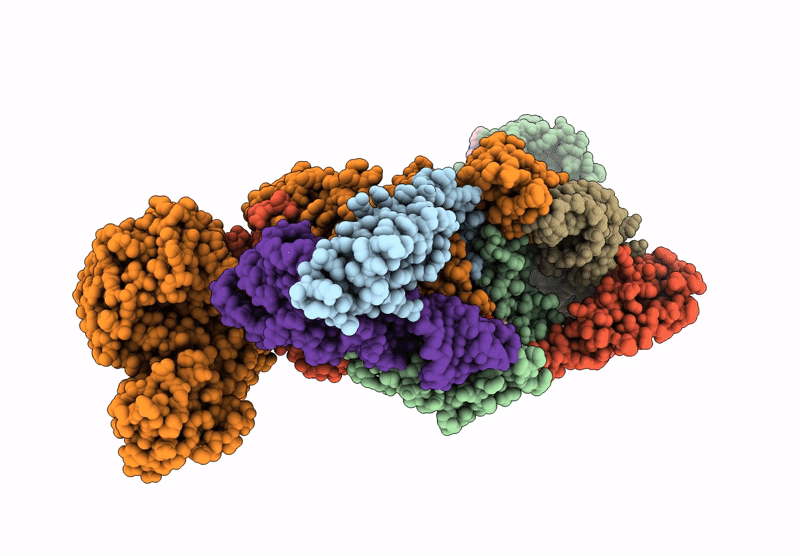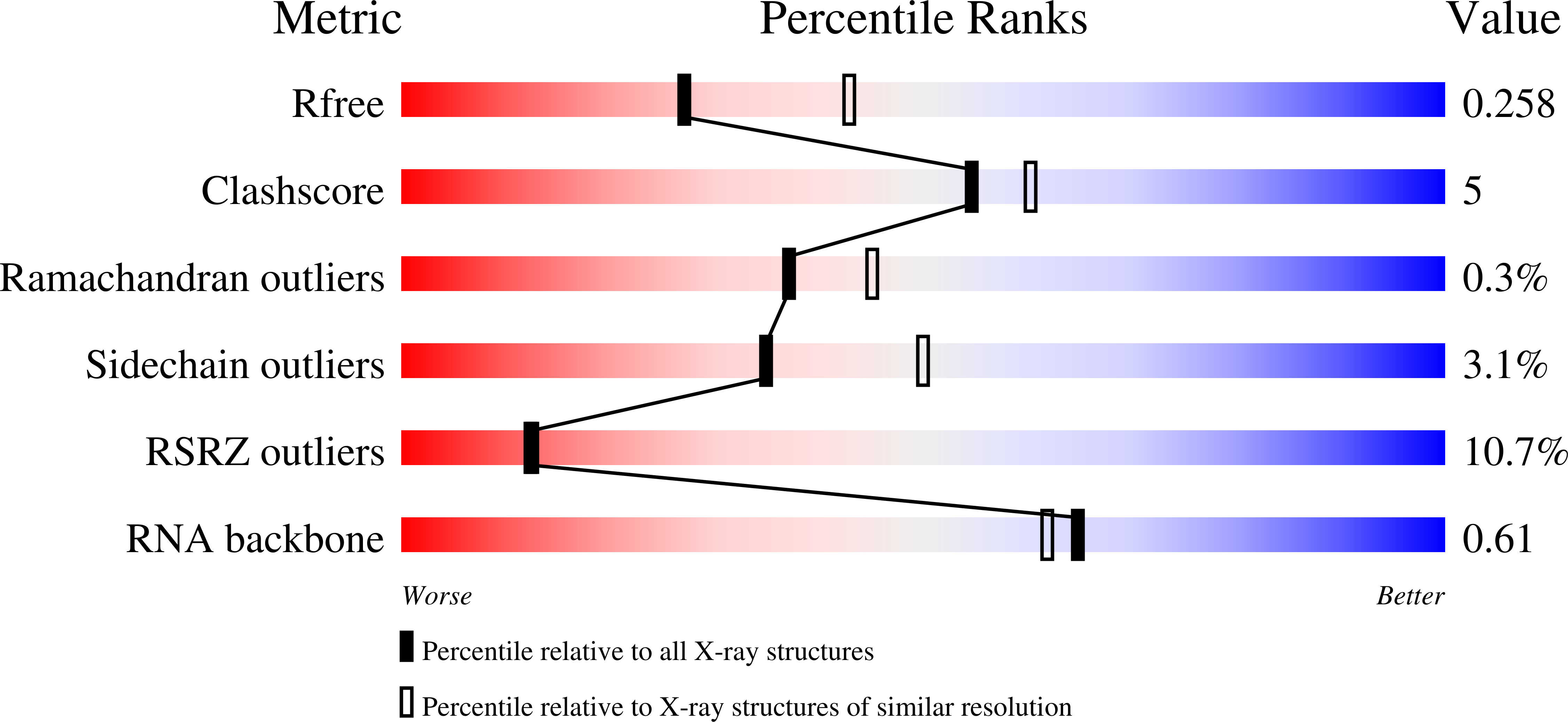
Deposition Date
2024-09-26
Release Date
2025-02-12
Last Version Date
2025-02-19
Entry Detail
PDB ID:
9DRV
Keywords:
Title:
Crystal structure of M. tuberculosis PheRS-tRNA complex bound to inhibitor D-004
Biological Source:
Source Organism:
Mycobacterium tuberculosis H37Rv (Taxon ID: 83332)
Host Organism:
Method Details:
Experimental Method:
Resolution:
2.46 Å
R-Value Free:
0.25
R-Value Work:
0.20
R-Value Observed:
0.21
Space Group:
P 1 21 1


